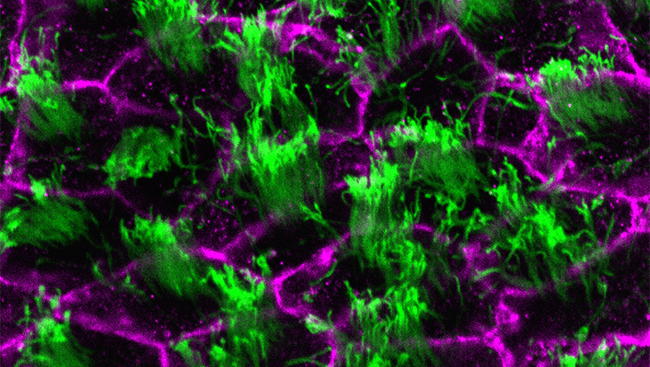I Wanted To Be a Detective but Discovered Neuroscience and Limitless Unsolved Mysteries
- Featured in:
- Meet-the-Experts
Oct 01, 2015
This an audio-only recording captured at Neuroscience 2014.
It never gets old to watch single channel currents, in real time, in a stochastic dance across the screen. The more you look the more you see — an unquestionable truism in science and an especially apt description of Diane Lipscombe’s current research on cell-specific control of calcium ion channel splicing. Calcium ion channel genes have the capacity to generate numerous isoforms but does each have unique function? Lipscombe reviews experimental approaches, including exon-specific targeting, to ask if individual sites of alternative splicing impact behavior and if isoforms have therapeutic value.
Speaker

Diane Lipscombe, PhD
Diane Lipscombe, PhD, is the chair of the Government and Public Affairs Committee at SfN and past president of SfN. She is also director of the Carney Institute for Brain Science at Brown University, which brings together affiliated faculty and students in biomedical, life, mathematical and physical sciences. Lipscombe earned her BS and PhD in pharmacology from University College London and did her postdoctoral research at Yale and Stanford Schools of Medicine. Lipscombe has served in numerous governance roles at Brown and is a recipient of the Landis Award for outstanding mentorship from the NINDS. Lipscombe studies the basic mechanisms of voltage-gated ion channels, their importance in regulating intracellular calcium in the nervous system and brain function in health and disease. The lab has also facilitated studies across the scientific community through open dissemination of cDNAs and mouse models generated from numerous NIH and NSF funded research projects.
0 of 5 articles left
Login
or
Become a Member
to unlock content









